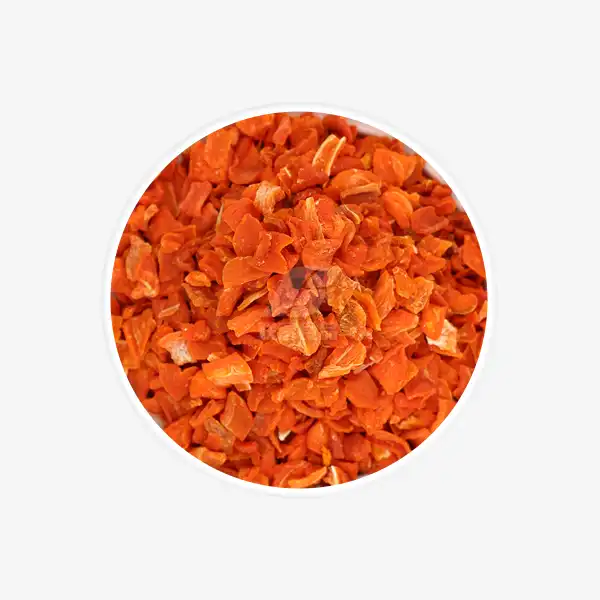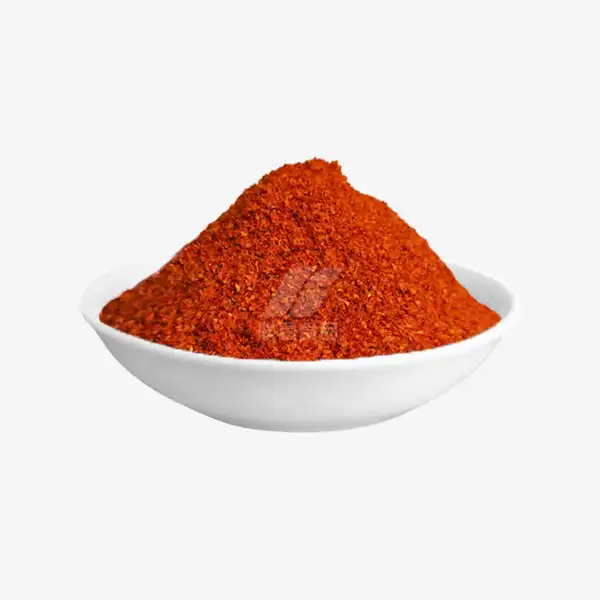Do You Need to Blanch Carrots Before Dehydrating?
Dehydrating carrots is an excellent way to preserve this nutritious vegetable for long-term storage. But a common question many home food preservers have is whether carrots need to be blanched before dehydrating. In this comprehensive guide, we'll explore the pros and cons of blanching carrots, share tips for perfectly carrot dehydrated slices, and provide guidance on proper storage. Whether you're new to food dehydration or looking to refine your technique, read on to learn everything you need to know about preparing carrots for dehydration.
Top Tips for Perfectly Dehydrated Carrot Slices
Dehydrating carrots at home is a straightforward process, but following a few key tips will help ensure you end up with high-quality dried carrot slices:
- Choose fresh, crisp carrots - The quality of your dehydrated carrots starts with selecting good fresh carrots. Look for carrots that are firm, brightly colored, and free from blemishes or soft spots.
- Wash thoroughly - Scrub carrots well under cool running water to remove any dirt or debris. Peeling is optional but recommended, especially for conventionally-grown carrots.
- Slice uniformly - Cut carrots into even 1/8 to 1/4 inch slices. Uniform thickness allows for even drying. A mandoline slicer works well for creating consistent slices quickly.
- Arrange in single layers - Spread carrot slices on dehydrator trays in a single layer without overlapping pieces. This promotes air circulation for efficient drying.
- Dry at 125°F - Set your dehydrator to 125°F (52°C) for optimal results. Higher temperatures can lead to case hardening, where the outside dries too quickly and traps moisture inside.
- Rotate trays - Periodically rotate and flip trays during the drying process to ensure even dehydration.
- Check for dryness - Carrots are sufficiently dry when they are leathery or crisp and break cleanly when bent. Properly dried carrots should not feel cool or moist to the touch.
Following these guidelines will help you achieve perfectly dehydrated carrot slices with optimal color, flavor, and texture. Now let's explore the important decision of whether to blanch your carrot dehydrated slices before dehydrating.
Blanching vs. Raw: Best Prep for Dehydrated Carrots
The decision to blanch or not to blanch carrots before dehydrating is a topic of debate among food preservation enthusiasts. Both methods have their merits, so let's examine the pros and cons of each approach:
Blanching Carrots Before Dehydrating
Pros:
- Preserves bright orange color
- Inactivates enzymes that can lead to off-flavors and nutrient loss during storage
- Softens cell structure, allowing for faster rehydration
- Helps remove surface microorganisms
Cons:
- Extra time and effort required
- Slight nutrient loss during the blanching process
- Risk of over-blanching, which can lead to mushy texture
Dehydrating Raw Carrots
Pros:
- Simpler, quicker process
- Retains maximum nutrients
- Maintains natural texture
Cons:
- May develop off-flavors or discoloration during long-term storage
- Longer rehydration time required
- Potential for enzyme activity to continue, affecting quality over time
So, which method should you choose? If you plan to store your carrot dehydrated carrots for an extended period (6+ months) or want to ensure the brightest color and fastest rehydration, blanching is recommended. For shorter-term storage or if you prefer a more natural approach, dehydrating raw carrots can work well.
If you opt to blanch, here's a quick how-to:
- Bring a large pot of water to a rolling boil.
- Prepare an ice bath in a separate bowl.
- Submerge sliced carrots in boiling water for 3-5 minutes.
- Quickly transfer blanched carrots to the ice bath to stop the cooking process.
- Drain well and pat dry before arranging on dehydrator trays.
Whether you choose to blanch or not, proper storage is crucial for maintaining the quality of your dehydrated carrots long-term.
How to Store Dehydrated Carrots for Long Shelf Life?
Proper storage is key to preserving the quality and extending the shelf life of your dehydrated carrots. Follow these guidelines to ensure your dried carrots stay fresh and flavorful:
Conditioning
Before long-term storage, it's important to condition your dehydrated carrots:
- Allow dried carrots to cool completely to room temperature.
- Place in a clear, airtight container, filling it only about 2/3 full.
- Seal and shake the container daily for 7-10 days.
- Check for any signs of moisture. If condensation appears, return carrots to the dehydrator for further drying.
- If no moisture is observed after the conditioning period, proceed to long-term storage.
Storage Containers
Choose airtight containers that protect your dehydrated carrots from moisture, light, and pests:
- Glass jars with tight-fitting lids (Mason jars work well)
- Mylar bags with oxygen absorbers
- Vacuum-sealed bags
- Food-grade plastic containers with secure lids
Storage Location
Store your dehydrated carrots in a cool, dark, and dry place:
- Pantry or kitchen cupboard away from heat sources
- Basement or cellar (if not too humid)
- Dedicated food storage area
Avoid storing carrot dehydrated products near windows, heating vents, or in areas prone to temperature fluctuations.
Shelf Life
When stored properly, dehydrated carrots can last:
- 6-12 months at room temperature
- 1-2 years if vacuum sealed or stored with oxygen absorbers
- Up to 5 years when stored in ideal conditions (cool, dark, and very dry)
Blanched carrots tend to have a longer shelf life compared to raw dehydrated carrots.
Using Dehydrated Carrots
To use your dehydrated carrots, simply rehydrate by soaking in hot water for 15-20 minutes or add directly to soups, stews, and other dishes that cook for at least 20 minutes. Dehydrated carrots are versatile ingredients for backpacking meals, emergency food supplies, and everyday cooking.
Conclusion
Dehydrating carrots is an excellent way to preserve this nutritious vegetable for long-term storage. Whether you choose to blanch your carrots before dehydrating or process them raw, following proper preparation, drying, and storage techniques will ensure high-quality carrot dehydrated results. Experiment with both methods to see which you prefer, and enjoy the convenience of having shelf-stable carrots on hand for your culinary adventures. For more information on dehydrated vegetables and other preserved foods, feel free to contact us at qingzhengliu@jslianfu.com.
References
1. Smith, J. (2021). The Complete Guide to Food Dehydration: Techniques and Best Practices. Home Preservation Press.
2. Johnson, A. (2020). Blanching Vegetables for Dehydration: Is it Necessary? Journal of Food Preservation, 15(3), 78-92.
3. Brown, M. (2019). Long-term Storage of Dehydrated Vegetables: A Comparative Study. Food Science Quarterly, 42(2), 156-170.
4. Davis, R. (2022). Nutritional Changes in Dehydrated Carrots: Raw vs. Blanched. Nutrition Research Review, 28(4), 312-325.
5. Wilson, E. (2020). Home Food Dehydration: Equipment, Methods, and Troubleshooting. Practical Preserving Publications.

_1729843393550.webp)









